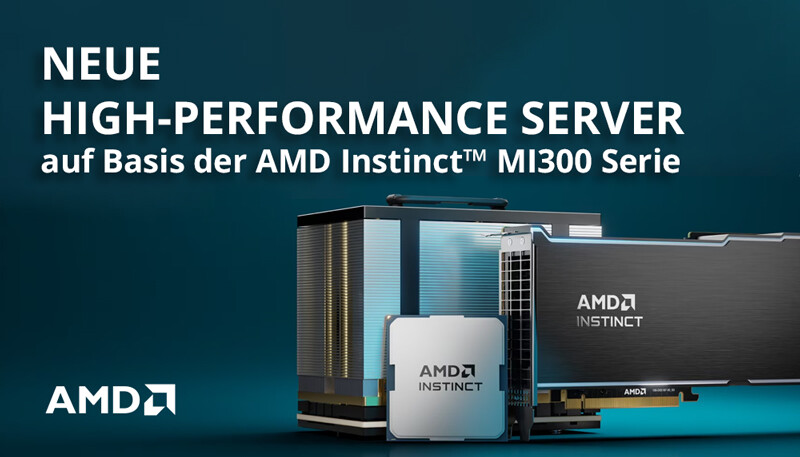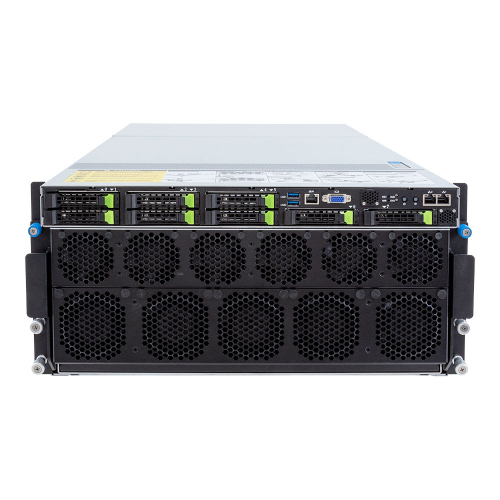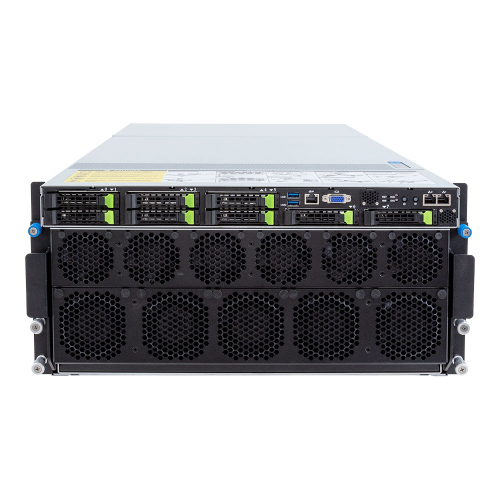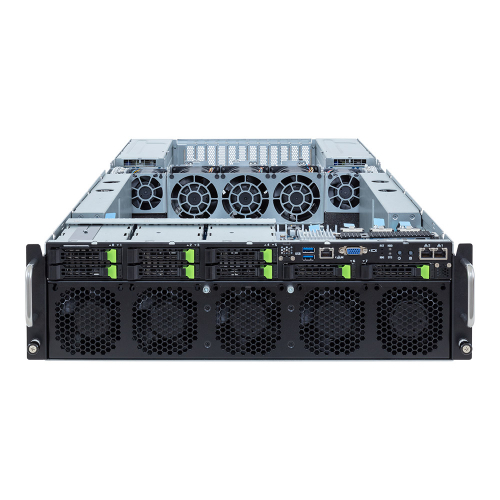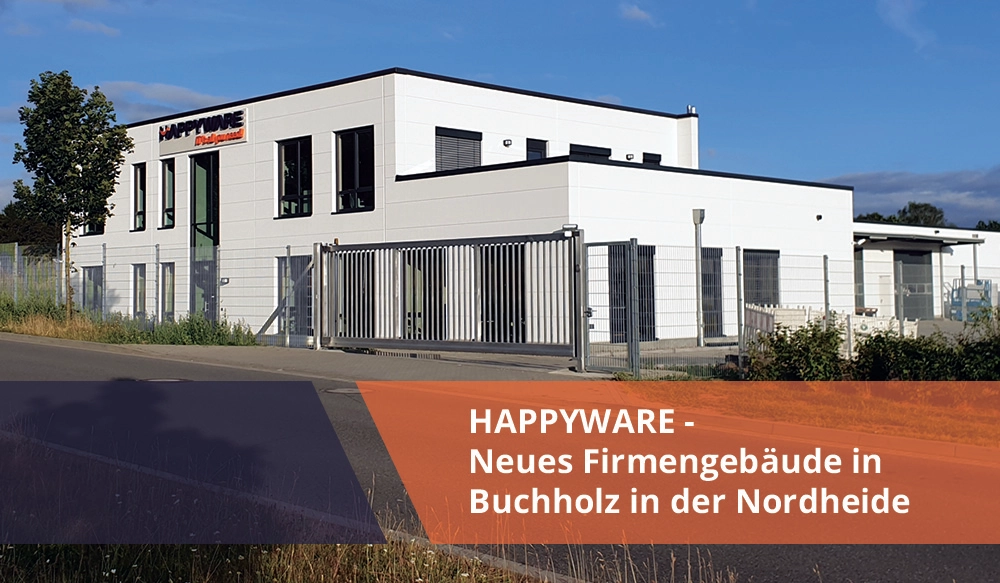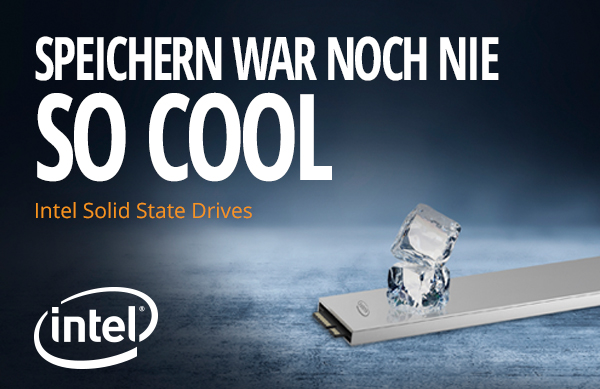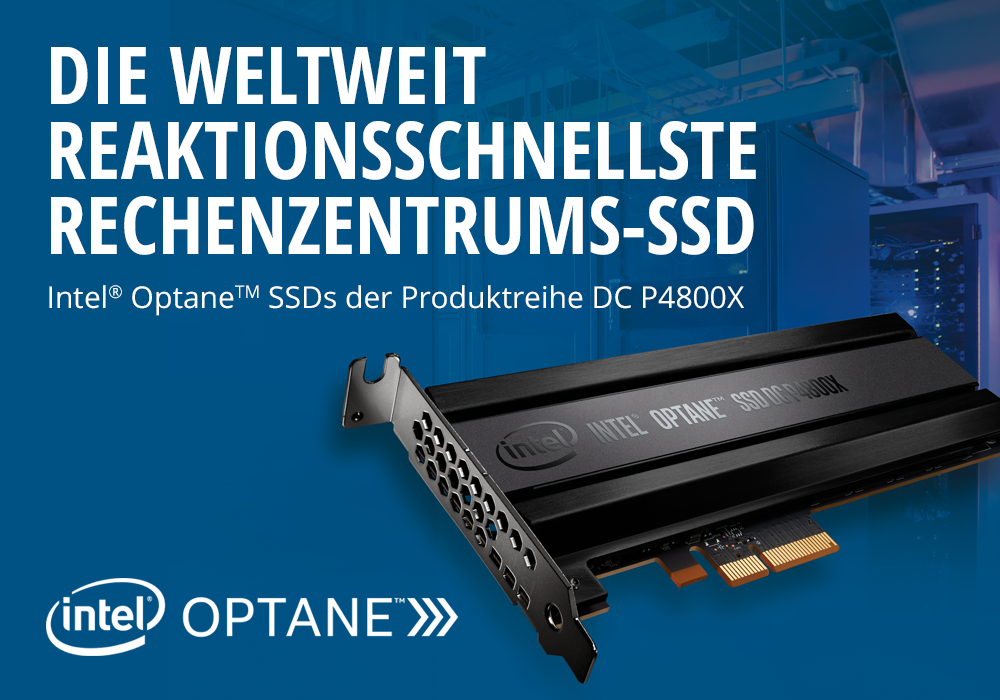Recent Blogs
We have moved – With our own new building, we are ready for the future
Posted onAfter nine months of construction, we were able to move into our new company building at the beginning of July. Our customers can now find…
Datacenter SSDs für den absoluten Performance-Boost
Posted onNoch keine Enterprise SSDs im Datacenter im Einsatz? Worauf warten Sie noch? Im Consumer Bereich haben SSDs längst Einzug gehalten. Und wer heute die Ladezeiten…
NVMe SSDs – Maximieren Sie die Effizienz Ihres Rechenzentrums
Posted onIntel Optane SSD DC P4510 Ersetzen Sie Ihre alten SATA SSDs durch leistungsstarke NVMe SSDs von Intel und profitieren Sie von zahlreichen Vorteilen: Gesteigerte Leistung…

